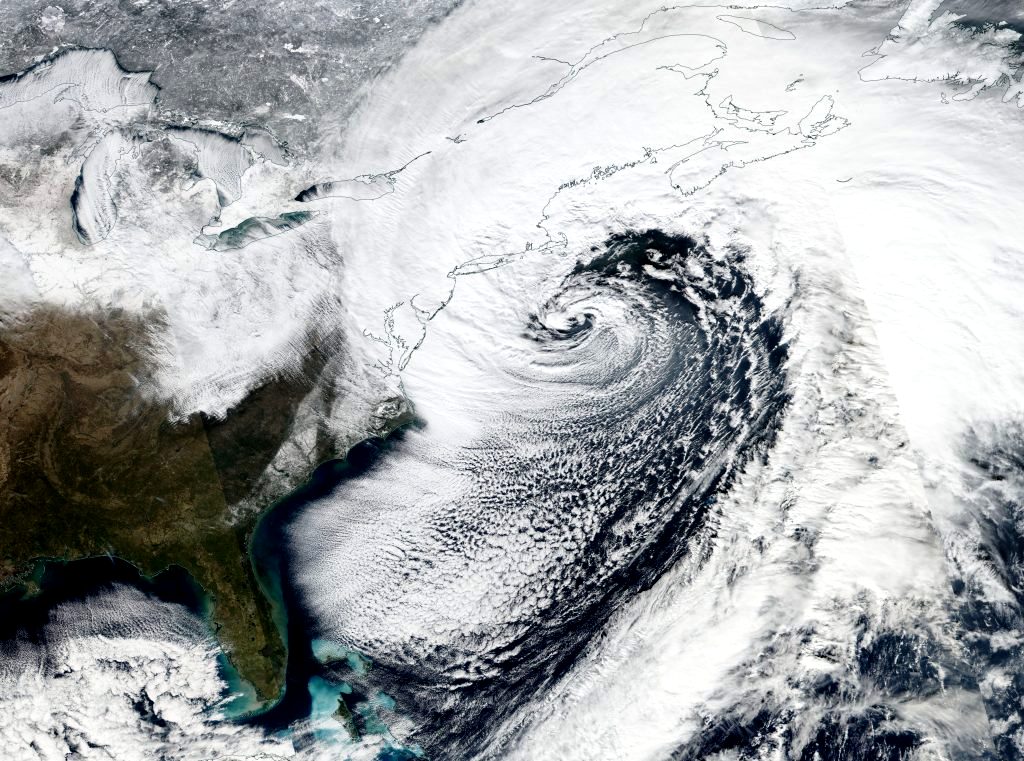Bombed-out Weather
Hurricane Otis hits Acapulco, Mexico 10-24-23 (credit: NHC/NOAA)
Bombogenesis, or a bomb cyclone, occurs when a weather system's atmospheric pressure drops dramatically in less than 24 hours. The meteorological process can occur when cold air collides with a warm air mass as a weather system passes over warmer oceanic waters. Hurricane Otis just hit Acapulco and went from a Category 1 tropical storm to a Category 5 hurricane overnight. It underwent this abrupt bombogenesis in less than 18 hours. Otis pummeled Mexico's west coast with wind speeds exceeding 160mph, unleashed tidal surges, and drenched the region in feet of rainfall as it moved inland. It hit the coastal region where more than one million people live and which is a tourist destination for many others.

Hurricane Otis hits Acapulco 10-25-23 (credit: CNN) Hurricane Otis approaching Acapulco, 1024-23 (credit: NOAA)
A earlier result of the same process was Hurricane Riley which hit the East Coast in the winter of 2018. That extreme event packed the force of a cyclonic system stretching from North Carolina to Maine. Riley carried wind gusts up to 80mph; caused major beach erosion; dumped over 5 feet of snow in parts of New England; caused power outages from fallen trees breaking power lines; and produced extensive flooding from high tides enhanced by a full-moon. The cost of repairs from that 'bombed out' cyclone was in the billions of dollars. Damage estimates from Otis are yet to be determined.

Bomb-cyclone development (credit: GOES-16, NOAA)
Increases in atmospheric temperatures, due to the heat-trapping capacity of carbon dioxide and other greenhouse gasses, allows weather systems to absorb and carry extra moisture as they pass over warm waters. The warmer and wetter atmosphere can amplify a system creating an extreme event like a hurricane. Some researchers have begun calling such events as 'the new normal'. One meteorologist described the factors involved in this amplification process which impacted the West Coast of North America recently.
The consequences of climate change amplifying hurricanes, floods, or forest fires are unfolding with increased frequency now. Such disasters should cause people and their communities to focus more intently on resilience planning to help protect themselves from future extreme weather events. Getting 'bombed-out' is not a pleasant thought. WHB